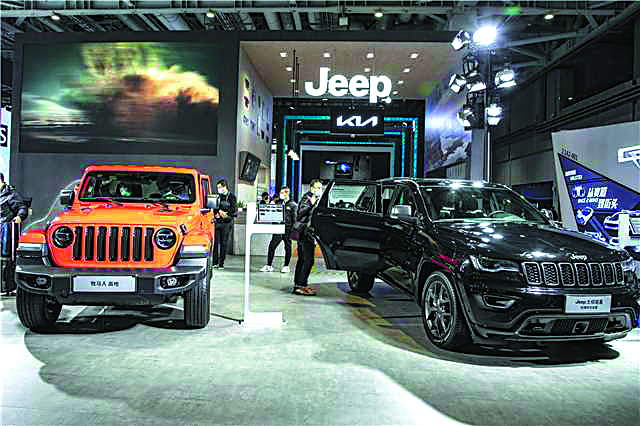
European carmaker focusing efforts in home continent and the United States. [Photo provided to China Daily]
European carmaker focusing efforts in home continent and the United States
When France’s PSA and Italian-American Fiat Chrysler merged into Stellanits in January 2021, CEO Carlos Tavares vowed to find “what went wrong” for its struggling business in China.
Now 14 months has passed, and the world’s largest vehicle market is becoming almost irrelevant to the multinational carmaker’s future, according to its ambitious global strategy unveiled last week.
Its plan, called Dare Forward 2030, outlines the carmakers’ goal to cut carbon emissions by 50 percent by the end of the decade and to become carbon neutral by 2038.
“We plan to have more than 75 electric vehicles and reach global annual battery electric vehicle sales of 5 million by 2030,” the carmaker said.
It aims to have all of its vehicles sold in Europe and 50 percent of those in the United States to be purely electric by the end of this decade.
Stellantis did not give an electric car sales goal for its Chinese market in the new strategy.
China is the world’s largest market for electric cars and plug-in hybrids, with 5 million expected to be sold this year, according to the Chinese Association of Automobile Manufacturers.
Analysts said leaving China out of the strategy is understandable as the electric car sector has been heated and competitive in the country.
As a latecomer in the sector and a struggling company in the gasoline field, it will be extremely difficult to win car buyers from popular brands including Tesla and BYD.
“China has been a problem for the former PSA and former FCA,” said Tavares, who was PSA’s chief executive.
“The merger did not change the fact that something needed to be done to improve the business case of the two former companies in China.”
On Tavares’ list of things to be done includes cutting its manufacturing capacity at the joint ventures, an approach he billed as “asset light”.
“What we mean by asset light is that we do not carry excess manufacturing capacity,” Tavares said.
Stellantis said it will open its plants at its joint venture with State-owned Dongfeng to others.
The joint venture, Dongfeng Peugeot Citroen, has plants in Wuhan, Hubei province, and Chengdu, Sichuan province. Their combined annual production capacity is 400,000 units, which is too significantly high for a company that sold about 100,000 units in 2021.
Finding carmakers to use those plants will not be easy, as merely half of the country’s production capacity of 41 million passenger vehicles in China was utilized last year, according to the China Passenger Car Association.
Stellantis will trim production capacity at another Chinese joint venture, GAC-Stellantis, which produces and sells Jeep-branded vehicles.
It is planning to raise its stake in the joint venture from 50 percent to 75 percent to have a larger say in its operations.
If the authorities approve the deal, its production will be concentrated solely in Changsha, Hunan province. It has another plant in Guangzhou, Guangdong province as well.
“We don’t saddle the business model with excess capacity that we cannot use, because our sales and marketing power does not allow that to happen,” Tavares said.
Last year, it sold merely 20,000 vehicles, a 50 percent fall from the previous year.
Tavares also mentioned the “One Jeep” strategy, which means Stellantis would control sales and marketing of Jeep brand vehicles, whether imported or locally produced.
Stellantis is seeking some change in Dongfeng Peugeot Citroen. It would like to control the Peugeot brand’s operations in China, while the Chinese side will have a larger say in how to run Citroen.
Both brands were previously popular in China, with their combined sales exceeding 700,000 units in 2015, but their buyers have since been lured away, and the two parent companies are divided on their next steps following a lackluster performance.
Dongfeng argues PSA would not listen to requests to make their vehicles more appealing to local customers, while PSA complains that the Chinese side should learn how to love their perfectly designed cars, people close to the joint venture said.
Stellantis owns 14 automotive brands from Fiat and Jeep to Peugeot and DS to Alfa Romeo and Maserati.
But analysts said the carmaker has a long way to go to achieve a status in China similar to what it enjoys in Europe or the US.
Putting aside the absence of China in its electrification strategy by 2030, the carmaker is one of the few that even now don’t bother to give itself a Chinese name, they said.
